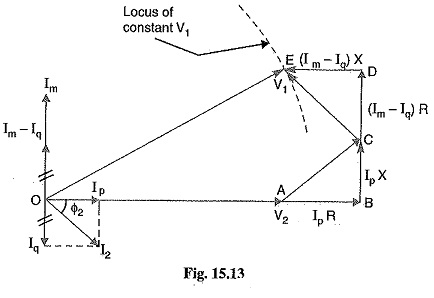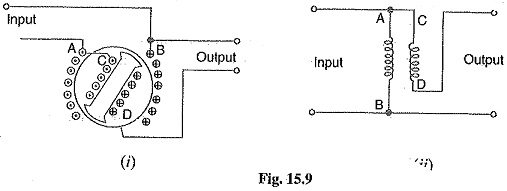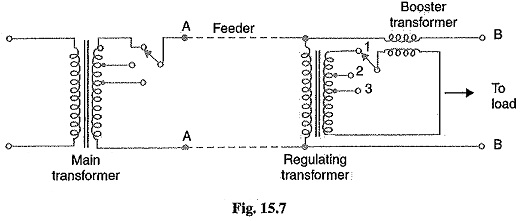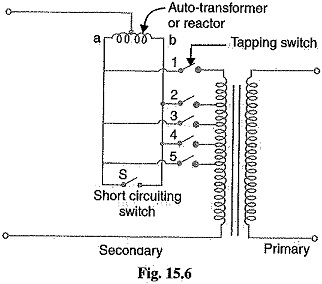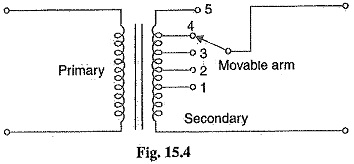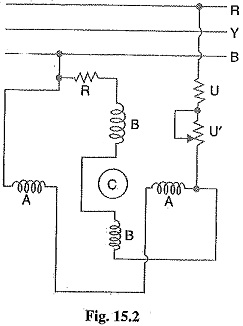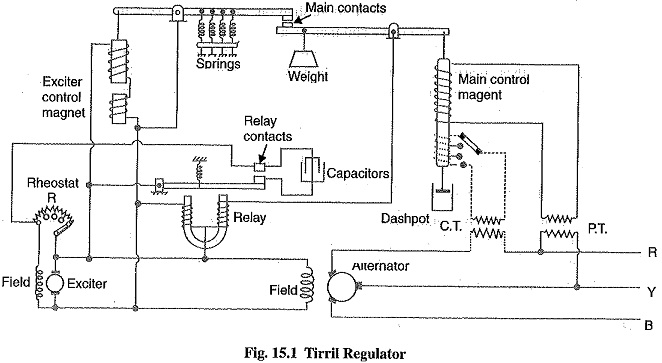Voltage Control by Synchronous Condenser
Voltage Control by Synchronous Condenser: The voltage at the receiving end of a transmission line can be controlled by installing specially designed synchronous motors called synchronous condensers at the receiving end of the line. The…
